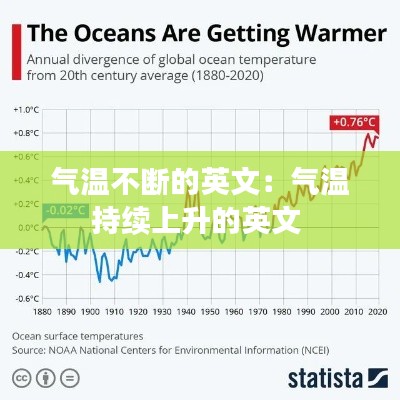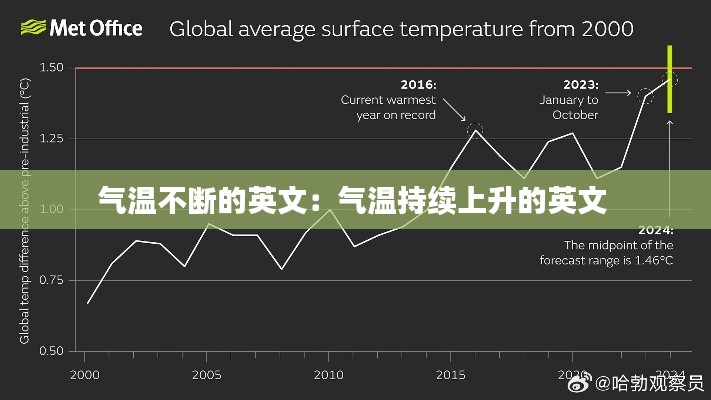Introduction to Climate and Weather
Climate and weather are two closely related concepts that often cause confusion among many. While weather refers to the short-term atmospheric conditions in a specific area, climate is the long-term average of weather patterns over a period of time. One of the most significant aspects of climate is the temperature, which can vary greatly from one region to another and even within the same region throughout the year.
Factors Influencing Temperature
The temperature of a region is influenced by various factors, including latitude, altitude, proximity to water bodies, and the presence of mountains. The Earth's tilt on its axis is also a crucial factor, as it causes the variation in sunlight intensity and duration throughout the year. These factors contribute to the formation of different climates and the continuous change in temperature over time.
Global Temperature Variations
The Earth's average temperature varies significantly from one region to another. The equatorial regions, located near the Earth's equator, experience a warm climate due to the direct sunlight throughout the year. In contrast, polar regions receive less sunlight and are characterized by cold temperatures. The temperature gradient between these regions is known as the Hadley cell, which is a part of the Earth's atmospheric circulation system.
Seasonal Temperature Fluctuations
Seasonal temperature fluctuations are a common occurrence in many regions. The change in seasons is primarily due to the Earth's axial tilt and its orbit around the Sun. During the summer months, the hemisphere tilted towards the Sun receives more sunlight, leading to higher temperatures. Conversely, during the winter months, the hemisphere tilted away from the Sun receives less sunlight, resulting in lower temperatures.
Long-term Climate Trends
Over the long term, climate trends can be observed in the form of warming or cooling periods. The most recent long-term trend has been the global warming caused by human activities, particularly the emission of greenhouse gases. This warming has led to a rise in average global temperatures, which has had significant impacts on weather patterns and ecosystems worldwide.
Regional Temperature Patterns
Regional temperature patterns can be quite complex and are influenced by a combination of local and global factors. For example, the Mediterranean climate is characterized by hot, dry summers and mild, wet winters, while the tropical rainforest climate experiences high temperatures and heavy rainfall throughout the year. The presence of oceans, mountains, and deserts can also affect regional temperature patterns significantly.
Urban Heat Island Effect
Urban areas often experience higher temperatures than surrounding rural regions due to the urban heat island effect. This phenomenon occurs when the concentration of buildings, roads, and other urban infrastructure absorbs and retains heat, leading to elevated temperatures in urban environments. The heat island effect can exacerbate heatwaves and impact the overall climate of urban areas.
Impact of Temperature on Ecosystems
Temperature plays a crucial role in shaping ecosystems and biodiversity. Changes in temperature can lead to shifts in plant and animal distributions, as species may migrate to more suitable habitats. Extreme temperature fluctuations can also lead to habitat loss and even extinction, as species may not be able to adapt to rapid changes in their environment.
Adaptation and Mitigation Strategies
As the world continues to face the challenges posed by changing temperatures, it is essential to develop strategies for adaptation and mitigation. Adaptation involves making adjustments to reduce the vulnerability of ecosystems and human communities to temperature changes. Mitigation, on the other hand, focuses on reducing the factors that contribute to global warming, such as the emission of greenhouse gases. Both approaches are necessary to ensure a sustainable future for our planet.
Conclusion
The continuous nature of temperature changes is a testament to the dynamic and complex nature of Earth's climate system. Understanding the factors that influence temperature and their impacts on the environment is crucial for developing effective strategies to address climate change and ensure the well-being of current and future generations. As we continue to monitor and study the Earth's climate, we can hope to gain a deeper insight into the intricacies of temperature and its role in shaping our world.
转载请注明来自贝贝鲜花礼品网,本文标题:《气温不断的英文:气温持续上升的英文 》











 蜀ICP备2022005971号-1
蜀ICP备2022005971号-1
还没有评论,来说两句吧...